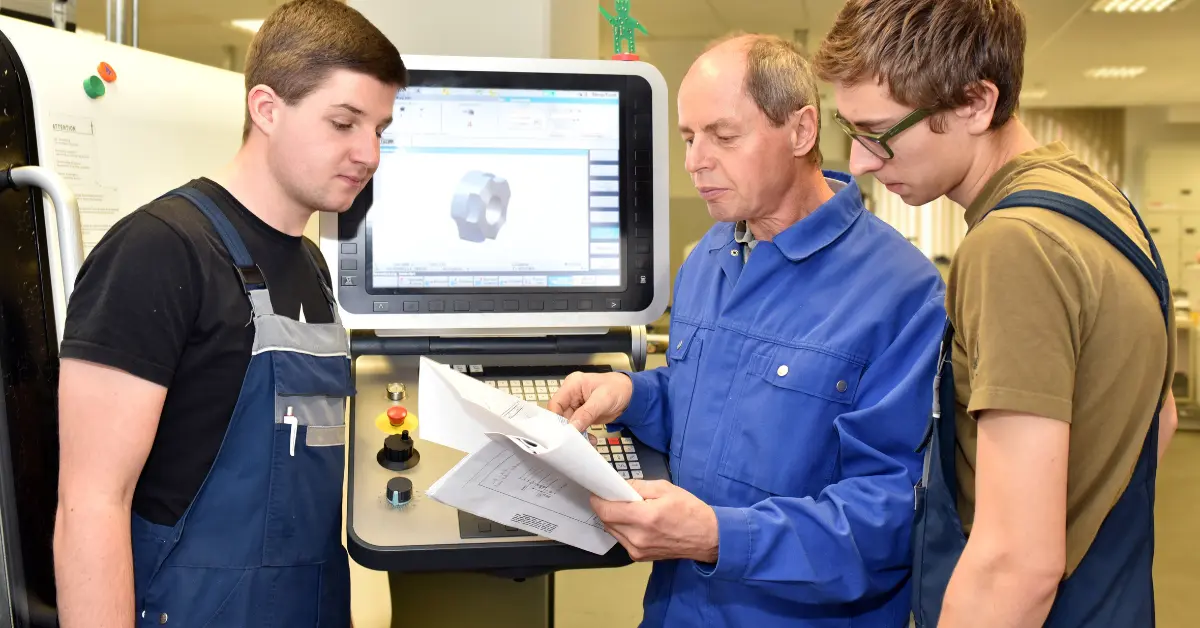Free white paper

Process manufacturers probably have good work-in-process inventory controls in place long before they ever know how to spell “ERP”. The controls might range from a highly automated and interfaced legacy system, to a clerk with a pencil and clipboard counting everything each morning. Work in process inventory in process manufacturing is different than in discrete manufacturing because in most cases, the goal is to keep the inventory in motion as much as possible, transforming or combining to create other products.
An analogy might be that in process manufacturing, work in process flows more like a river, and in discrete manufacturing, it tends to sit idle longer, more like a lake. The behavioral tendency for inventory to keep in motion influences your inventory control design decisions. The fundamental trade off which is weighed at each production step is: will the quantity of idle inventory after this production step be sufficient to justify the transactional and verification effort required to maintain an accurate inventory quantity? The answer might not be a clear-cut “yes” or “no”; it might be a judgement call.
Think about three scenarios:
1. Four raw materials are combined with water in a mixing tank and blended for sixty minutes. At the end of sixty minutes, all of the mixture is pumped to a pressure vessel and heated under pressure to a reaction temperature. Clearly in this case, there would be no practical need to establish a work-in-process inventory material or quantity for the four materials combined in the mixing tank; that intermediate exists for only sixty minutes before being transformed into something else.
2. In the previous example, assume that the mixing tank is one thousand gallons, and the pressure vessel is 250 gallons. The pertinent question now is “what is the disposition of the remaining 750 gallons?” If the answer is that it will continue to be pumped in 250 gallon batches to a reaction vessel, you still wouldn’t want an inventory point. If on the other hand, the 750 gallons is going to sit for a week, it may require an identification number and inventory quantity.
3. In the original example, suppose the combined ingredients were placed into drums for storage and later consumption. In that case, it would be almost mandatory to establish an inventory bucket with a material number and quantity.
The point is, it is hard to keep an accurate count of process manufacturing work in process inventory, in the same way that it is hard to count moving cars on a highway as opposed to static cars in a parking lot. So combine your knowledge of the reporting ease of your ERP package with the practical need for visibility and granularity in designing your process.



Could your accounting & inventory management benefit from upgrading to ERP?

Learn how Godlan ensures successful ERP implementation for manufacturers with proven strategies &...

These four training tips will help your employees get the most out of your new manufacturing ERP ...